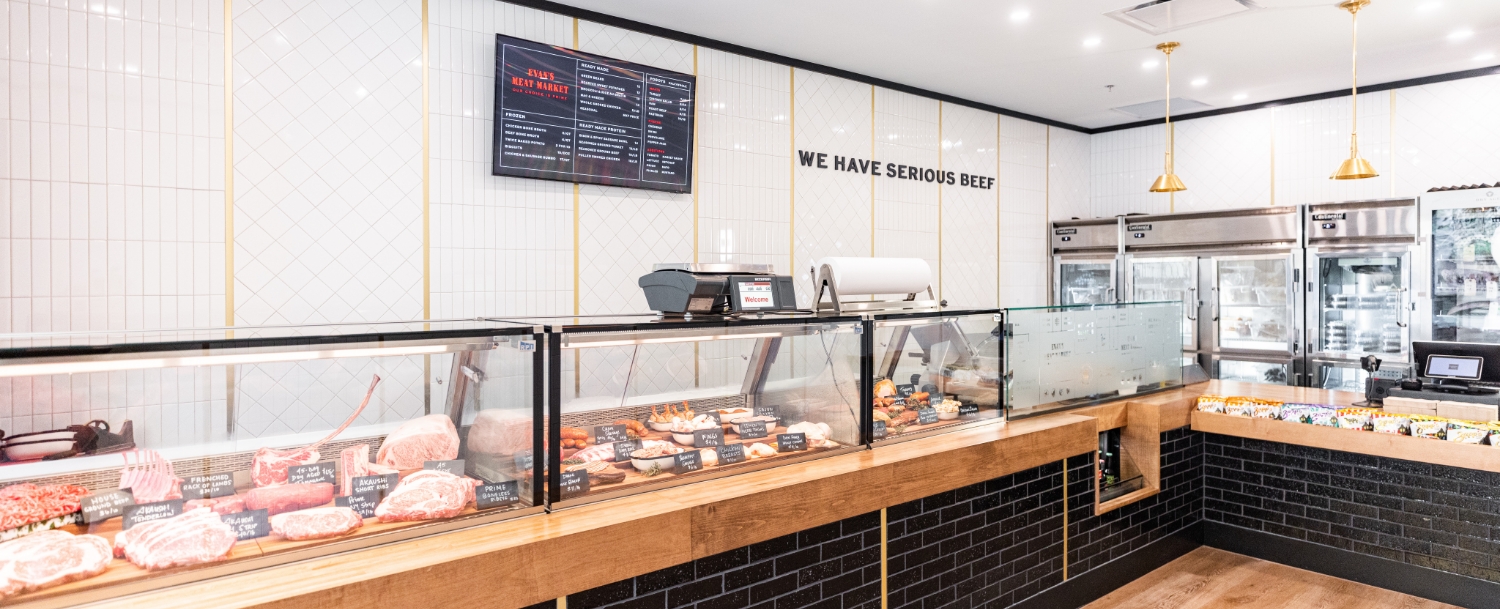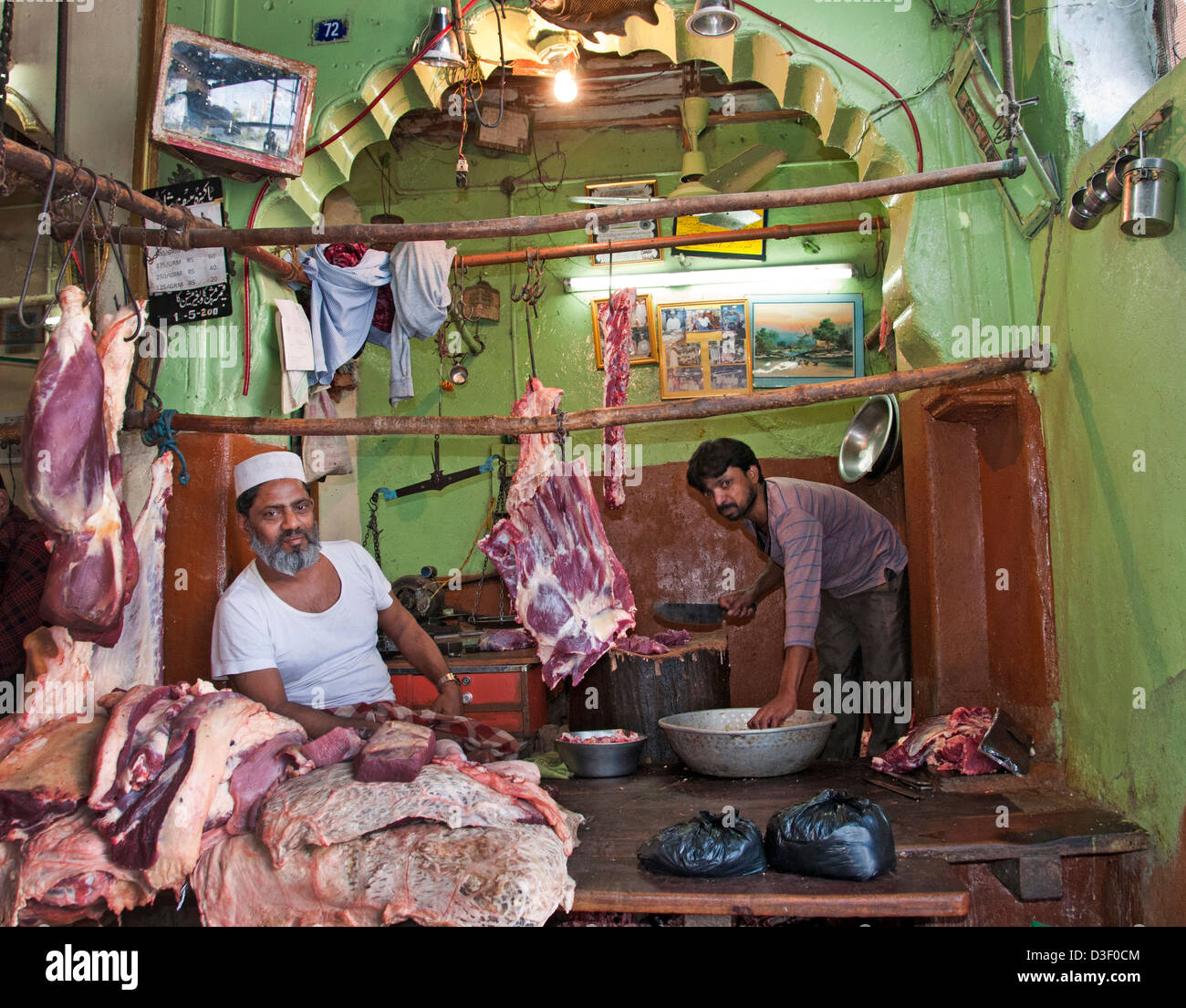From Farm to Table: Welcoming the Custom of Meat Markets and Butcheries
In an age dominated by benefit and automation, there exists a silent change happening in the cooking globe - a return to the roots of food sourcing through the practice of meat markets and butcheries. These facilities, often ignored in the darkness of grocery stores, are experiencing a revival as critical consumers seek high quality, traceability, and a link to the beginnings of their food. What is driving this shift back to the ways of old? The answer lies in the junction of heritage techniques, ethical factors to consider, and a wish for a much more authentic gastronomic experience.
The Renewal of Meat Markets
The rebirth of meat markets throughout various areas indicates a shift towards a renewed admiration for locally sourced, top quality meats. In current years, consumers have become more mindful of the beginnings of their food, resulting in a growing demand for transparency and sustainability in the meat market. This fad has actually led the way for the revival of standard meat markets and butcheries, where consumers can straight communicate with educated butchers and resource their meat from close-by farms.
Among the essential driving elements behind this renewal is the wish for higher quality and fresher items. By buying meat from regional markets, consumers can guarantee that they are getting fresh cuts that have actually not taken a trip fars away or been being in storage for extended periods. Additionally, supporting neighborhood meat markets aids reinforce the local economic climate and advertises neighborhood connections.
Moreover, the rebirth of meat markets lines up with the more comprehensive activity towards supporting small farmers and sustainable farming methods. By picking to acquire from these establishments, consumers are not just getting far better high quality meat however likewise adding to an extra moral and ecologically pleasant food system.
Workmanship in Butcheries
With the resurgence of meat markets emphasizing quality and sustainability, the focus shifts towards identifying the complex craftsmanship showed in modern butcheries. Workmanship in butcheries goes past just reducing meat; it embodies a deep-rooted practice of knowledge and precision in managing various cuts of meat - Bagley Farms Meat Market. Butchers, frequently trained for many years, have a riches of expertise on the anatomy of animals, blade skills, and the art of damaging down carcasses successfully
In modern butcheries, workmanship appears in the way butchers carefully resource their meat, ensuring high requirements of top quality and honest techniques. They take pride in recognizing the provenance of the meat they sell, functioning closely with local farmers and providers to supply customers full transparency and traceability.

Locally Sourced Meat Quality
In the middle of the expanding interest in lasting techniques, a concentrate on locally sourced meat top quality has become significantly famous in the meat market industry. Consumers are significantly seeking openness in the sourcing and production of their meat, bring about a surge sought after for in your area elevated and refined meats.
Locally sourced meat offers many benefits, consisting of fresher products, support for local farmers, and lowered environmental impact as a result of reduced transportation distances. By purchasing meat from neighboring ranches and butcheries, customers can have a lot more self-confidence in the top quality and security of the products they are buying.
Moreover, in your area sourced meat frequently originates from pets that have been increased in a lot more humane conditions, with a concentrate on pet well-being and sustainable farming methods. This moral approach to meat production resonates with numerous customers that are worried regarding the beginnings of their food and its effect on the atmosphere.
Farm-to-Table Buying Experience
In the world of locally sourced meat high quality, the farm-to-table purchasing experience provides consumers a click reference straight connection to the beginnings of their food. This one-of-a-kind shopping experience enables clients to map the trip of their meat, from the farm where the animals were increased to the table where it will certainly be delighted in. By taking part in farm-to-table buying, people can acquire a much deeper understanding of the farming practices, animal welfare requirements, and sustainability initiatives associated with creating their meat.

Tradition Satisfies Modern Culture


The convergence of standard meat he said markets and butcheries with contemporary culture provides a distinct chance for the preservation of artisanal practices in a contemporary context. While modern advancements have changed numerous markets, the significance of standard meat markets and butcheries stays deeply rooted in history and craftsmanship. This blend of tradition and modernity permits for the extension of time-honored strategies while adjusting to the requirements and choices of today's consumers.
In today's busy world, where web link convenience often surpasses quality, there is an expanding admiration for the heritage and credibility that conventional meat markets and butcheries offer. Customers are progressively looking for openness in the sourcing and production of their food, leading them back to the personalized solution and experience discovered in these establishments. The focus on sustainability and ethical techniques aligns with the worths upheld by lots of conventional meat markets and butcheries, fostering a feeling of area and obligation in the direction of the environment.
As culture continues to progress, the coalescence of tradition and modernity in meat markets and butcheries not just guarantees the conservation of artisanal techniques but likewise improves the culinary landscape with a blend of heritage and development.
Verdict
In final thought, the tradition of meat markets and butcheries is experiencing a revival in contemporary culture. These facilities offer locally sourced meat of high quality, offering a farm-to-table buying experience for customers.
In a period controlled by convenience and mass manufacturing, there exists a silent revolution taking place in the culinary world - a return to the roots of food sourcing through the custom of meat markets and butcheries.The revival of meat markets across different neighborhoods suggests a shift towards a renewed recognition for in your area sourced, high quality meats.With the renewal of meat markets highlighting top quality and sustainability, the emphasis changes towards acknowledging the elaborate craftsmanship displayed in modern butcheries. Workmanship in butcheries goes beyond simply reducing meat; it embodies an ingrained practice of expertise and accuracy in taking care of various cuts of meat.In today's hectic world, where convenience frequently defeats high quality, there is a growing admiration for the heritage and credibility that standard meat markets and butcheries offer.